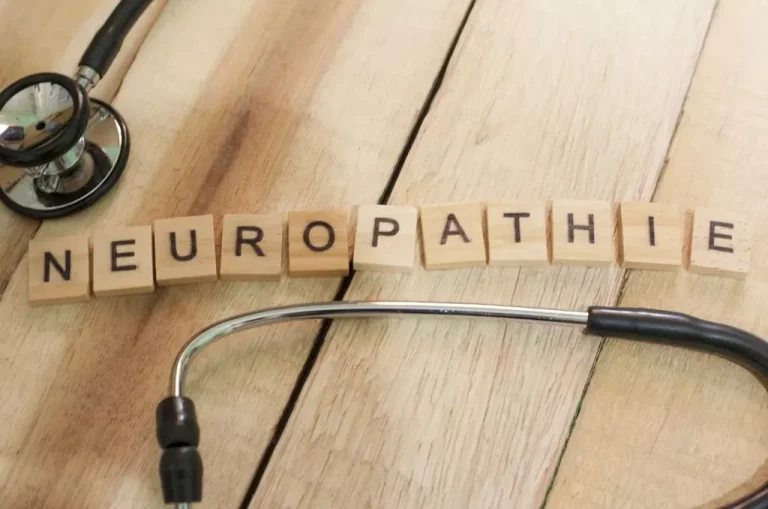Signs of Alcoholism Behavioral and Physical Symptoms

They may become irritable, aggressive, or anxious, even in situations where such behavior is unwarranted. Unexplained mood swings, sudden outbursts of anger, or emotional instability can all point to a problem with alcohol. Additionally, individuals may display a loss of interest in activities they previously enjoyed. If you’re trying to conceive, your partner should drink no more than 14 units of alcohol a week, which should be spread evenly over 3 days or more. Remember, reaching out for help is a sign of strength, not weakness. By taking these steps you can begin your journey towards recovery and reclaim a healthier, more fulfilling life.

Stages of Alcoholism: Early, Chronic, and End Stage

In the United States, the legal limit for driving under the influence of alcohol is 0.08 percent, except in the state of Utah, where it’s 0.05 percent. If you are drinking more than that at any one time, you may be misusing alcohol. Excessive drinking is defined as 15 drinks or more a week for men and eight drinks or more a week for women. According to the Centers for Disease https://ecosoberhouse.com/article/top-10-substance-abuse-group-activities/ Control and Prevention (CDC), moderate drinking is typically defined as two drinks or fewer for men per day, or one drink or less for women. Alcoholism can be difficult to detect from the outside, particularly early in the course of the disease. But as it progresses,the disease has an array of effects on the body, and a number of physical signs may become apparent.
- They may also exhibit physical withdrawal symptoms, such as tremors, sweating, and nausea when attempting to stop or limit alcohol consumption.
- Experts recommend avoiding excessive amounts of alcohol if you have diabetes or hypoglycemia.
- Drinking in pregnancy can lead to long-term harm to the baby, and the risk increases the more you drink.
- If your body can’t manage and balance your blood sugar levels, you may experience greater complications and side effects related to diabetes.
- Recognising these subtle signs is key to addressing the problem early on.
- Physical dependence on alcohol is a serious condition that can contribute to the development of alcohol addiction and other medical issues, but help is available.
- In this disorder, people can’t stop drinking, even when drinking affects their health, puts their safety at risk and damages their personal relationships.
Alcohol’s physical effects on the body
The World Health Organization (WHO) links about 8.1 percent of all tuberculosis cases worldwide to alcohol consumption. Over time, heavy alcohol use and binge drinking may increase the chances of developing alcohol use disorder. Many people with AUD continue to drink even as they develop health problems related to drinking. Over the long term, AUD may lead to serious health conditions, while worsening others.

Patient Care Network
When this occurs repeatedly over time, and when it begins to impact your health and your life, alcohol misuse can become AUD. The disorder can also be broken down further into mild, moderate, and severe subtypes. Many people with AUD do recover, but setbacks are common among people in treatment. Behavioral therapies can help people develop skills to avoid physical characteristics of alcoholics and overcome triggers, such as stress, that might lead to drinking. Medications also can help deter drinking during times when individuals may be at greater risk of a return to drinking (e.g., divorce, death of a family member). Studies show most people with this condition recover, meaning they reduce how much they drink, or stop drinking altogether.

- These first few weeks are critical because they are when the risk of relapse is highest.
- Alcohol use disorder can look different in each person, but there are some symptoms you can watch out for.
- It goes beyond simply enjoying a drink or two; it involves a compulsive need for alcohol that disrupts an individual’s personal, professional, and social life.
- Hosted by Amy Morin, LCSW, this episode of The Verywell Mind Podcast shares strategies for coping with alcohol cravings and other addictions, featuring addiction specialist John Umhau, MD.
- Alcohol is a depressant that can intensify symptoms of depression and anxiety, leading to a vicious cycle of self-medication with alcohol.
- Addressing physical alcohol dependence often requires medical supervision, especially during the initial stages of withdrawal.
- Groups such as Alcoholics Anonymous (AA) provide support for people who are recovering.
- If someone you know meets at least two of the following criteria, they may have an alcohol use disorder and need help.